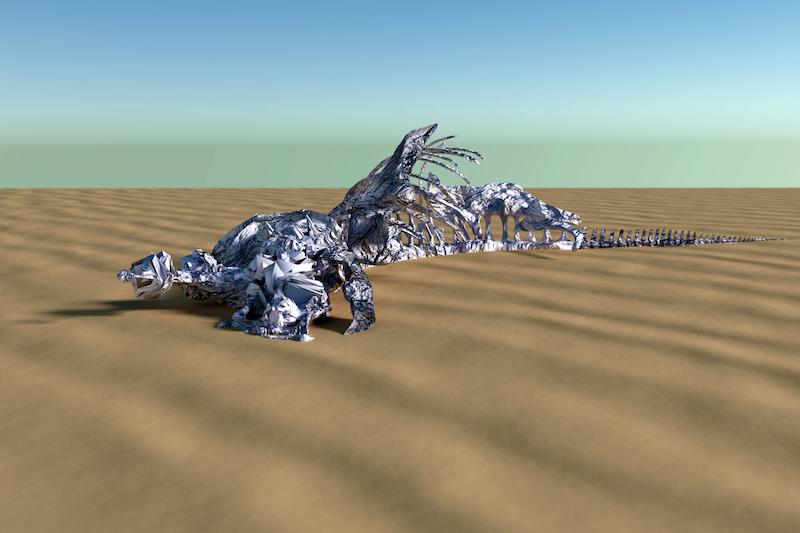
"Not a Single Bone", 2017; Courtesy Nora Al-Badri and Nikolai Nelles
Forming a relationship between artworks, originality of information production and activism in our current age of technology, while emphasizing and focusing on the importance of open source sharing through their works, artist Nora Al-Badri and Nikolai Nelles have created an open source website: By scanning the head of the Nefertiti Sculpture in Berlin’s Neues Museum in 2015 without prior permission, they allowed public access to 3D-print and copy the effigy. Having sent this data to Egypt for a possible creation of a near-exact replica, Al-Badri and Nelles’ critical project questions the way in which basic concepts like museum, artwork, originality, cultural history, ownership, and structure-production are utilised and taught in Western civilizations. Currently showing their first collaborative solo exhibition “Not a Single Bone” at NOME Gallery in Berlin, I chatted with the duo about their latest project.
Mine Kaplangi: Nora and Nikolai, I have first got to know about your work through “The Other Nefertiti” hack project in 2015. How long have you been working together for, and how did your dual-production process start?
Nora Al-Badri and Nikolai Nelles: It basically started as soon as when we met 2009 in Frankfurt and Offenbach am Main. But talking about collaborative work, a lot of our pieces evolved through working together non-hierarchical and exchanging with various amazing persons like archaeologists, hackers, refugees, lawyers, indigenous groups and of course, art historians and now palaeontologists...

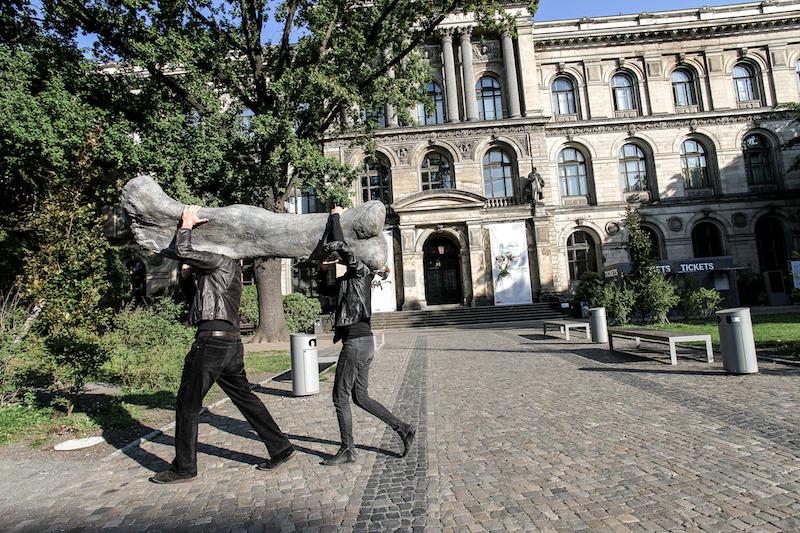
"Not a Single Bone", 2017; Courtesy Nora Al-Badri and Nikolai Nelles
NAB and NN: Within our practice, we are not agitating about the matter of decolonization, rather activating the artefacts and trying to open new narratives as well as setting precedents. The dinosaur serves as speculative material for renegotiating those ideas. When we went to Tanzania at the beginning of the year we figured that the site and the finds are well researched for hundred years from a natural science perspective. But what is blatant and symptomatic is that no one ever asked those people living around the site about their relation to the fossils. During our research, we learned about spiritual and healing practices carried out by the villagers until today by using the site and the fossils. In the past, Tendaguru was a sacred place to the community, where people would go to when there were calamities to do rituals. The knowledge which was entrusted to us, we can’t just present in Germany, but our aim is to create a value at the site itself and for the community themselves.
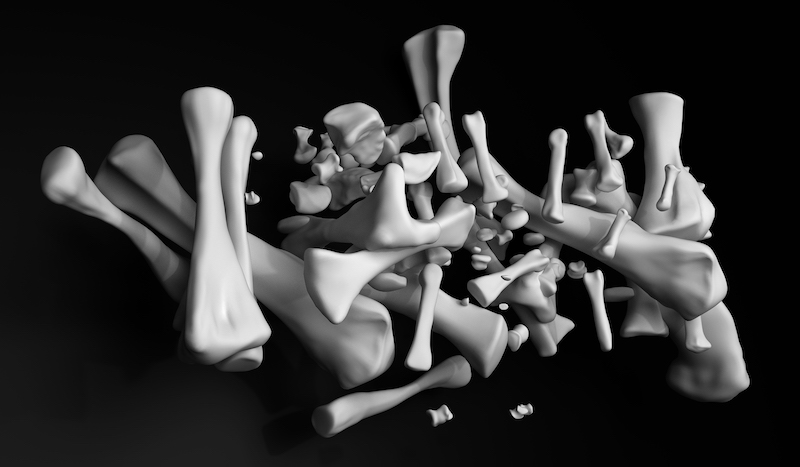

"Dataset Not A Single Bone" and "How an AI imagines a Dinosaur N°2", 2017; Courtesy Nora Al-Badri and Nikolai Nelles
MK: And when exactly did this research project start and evolve?
NAB and NN: This show will only be the kick-off for a variety of events on this issue in 2018. We were commissioned by the people of Tendaguru, and we call this undertaking "Fossil Futures" to initiate a re-centring, a reclaiming of territories, which are currently occupied by multinationals and the World Bank directly at Tendaguru and where "cultural fracking" took place through German museums. In cooperation with the regional government and affiliates from the University of Witwatersrand Johannesburg we plan to initiate a transformation of Tendaguru into what is called participatory forest reserve to activate the space in situ, expand into hyper reality and overcome an indigenisation or a romanticized view of technology, immersiveness and nature. The museum in the Tanzanian bush is an investigative narration and re-imagining of a museum rather than an actual institution. Even though the locality and the topos plays a crucial role with regards to re-centring in the postcolonial realm, we want to use technology amidst nature, anticipating possible non-anthropocentric futures as an experience to contribute to a collective imaginary through what we call "technoheritage". The idea is to create new platforms of representation of the subaltern, instead of echoing the conventional and yet vicious museum.
The museum in Berlin refused any collaboration – we approached the museum in advance – and we dedicated the title of the exhibition to that fact, because an employee of the museum shouted at us on the phone that “not a single bone goes back to Africa”. We are certainly criticizing the German institution for being non-transparent towards the audience of the violent context of their centrepieces and for shutting down any discussion about the colonial entanglement of the museum, from which they are obviously profiting until today. Most Museums are acting like gatekeepers to cultural means and its derivate and are claiming interpretational sovereignty over their collections. By doing so, these institutions are committing a so-called copy fraud, because most of their collections are cultural commons and in the public domain. And we truly believe that this institutional Angst is unjustified: if they change their mind-set, the museums won't be empty, which seems to be their biggest concern to be forced to restitute everything. Despite this, we are glad to be able to say that we are collaborating with the British Natural History Museum in London. They also possess bone material from Tanzania, as they took over the country from German-East Africa!
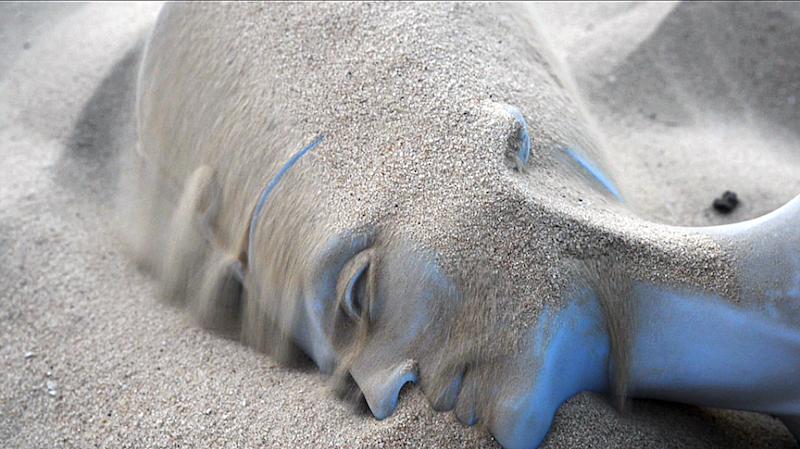

"The Other Nefertiti Project" (2015/2017); Courtesy Nora Al-Badri and Nikolai Nelles
MK: This exhibition will also include "The Other Nefertiti Project". How will you exhibit the project – will it have a documentary based focus on how the project was created?
NAB and NN: In parts, yes. We will be showing a video with some selected remixes, which were created by the public in the aftermath of the data leak. They are amazing! And everyday people are uploading more images of Nefertiti prints or digitally animated models. There are thousands and this is definitely an important part of the piece itself and shows the power of the public domain. But we will also be showing other re-materializations of the data such as wire frame prints and laser in glass. The fascination with data of objects is also, because you can see details the object itself wouldn't ever reveal.
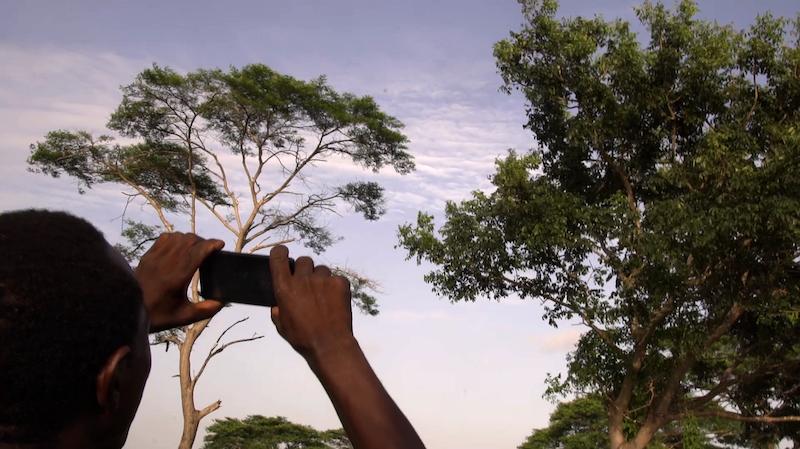

Videostills "Territories of cultural fracking", 2017; Courtesy Nora Al-Badri and Nikolai Nelles
MK: I believe that art is one of the most effective ways in creating alternative paths of living and thinking in our current era. "Not a Single Bone" makes a direct reference to the highly debated ethical problems and the originality questions of today’s power structures in Western art and technology worlds. Latest developments in artificial intelligence studies are fundamentally critical of especially Western norms. What are your thoughts on these phenomena; do you think that artists and art have the power to transform our century?
NAB and NN: We wouldn't go that far that art is transforming our century, but it definitely has the potential for it and yes, we certainly would hope for it. But digital emancipatory strategies are central to our practice and offer a variety of timely media when it comes to decolonizing our minds: Both works “Fossil Futures” and “The Other Nefertiti” are telling emancipatory counter narratives and talk about decolonizing museums, where copies are no slaves to the original and where we want to stress the ethical problems of institutional power structures of museums as well as offering new ways of dealing with this. We like to see museums as actors and spaces with an ethical compass (one of the very few in our societies) and of constant negotiation. The museum as a process, but we are not there yet. For example, The Natural History Museum in Berlin is willing to collaborate with Google Art and Culture, a Western multinational company and have them creating virtual banalities, but refuses to work with artists? That's where we are now.
Currently we are working with an open source Chatbot, which includes natural language processing, the 'Nefertitibot'. This AI is also able to go beyond the training data, using big data. The Nefertiti Chatbot as an art piece asks questions about the interpretational sovereignty of museums, where institutions and their experts, such as curators and custodians, have the monopoly of describing the objects and writing object biographies. It will literally give objects a voice. The piece also makes a statement about the agency of inanimate things and post humanism, which is based on Bruno Latour’s Actor-Network-Theory and challenges the way of seeing the world human-centric.
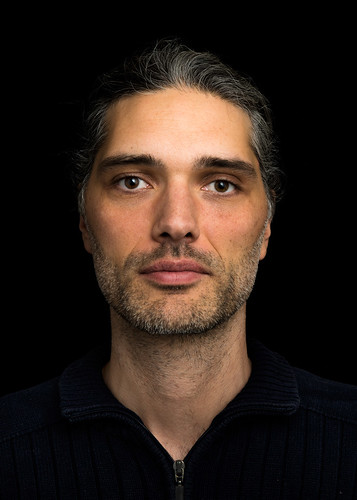
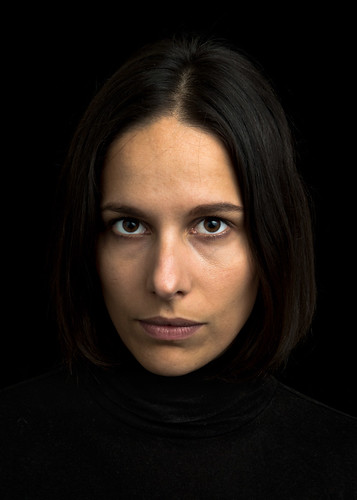
Portrait Nora Al-Badri and Nikolai Nelles
For more information about the artists and the exhibition visit http://nomegallery.com/exhibitions/not-a-single-bone/
